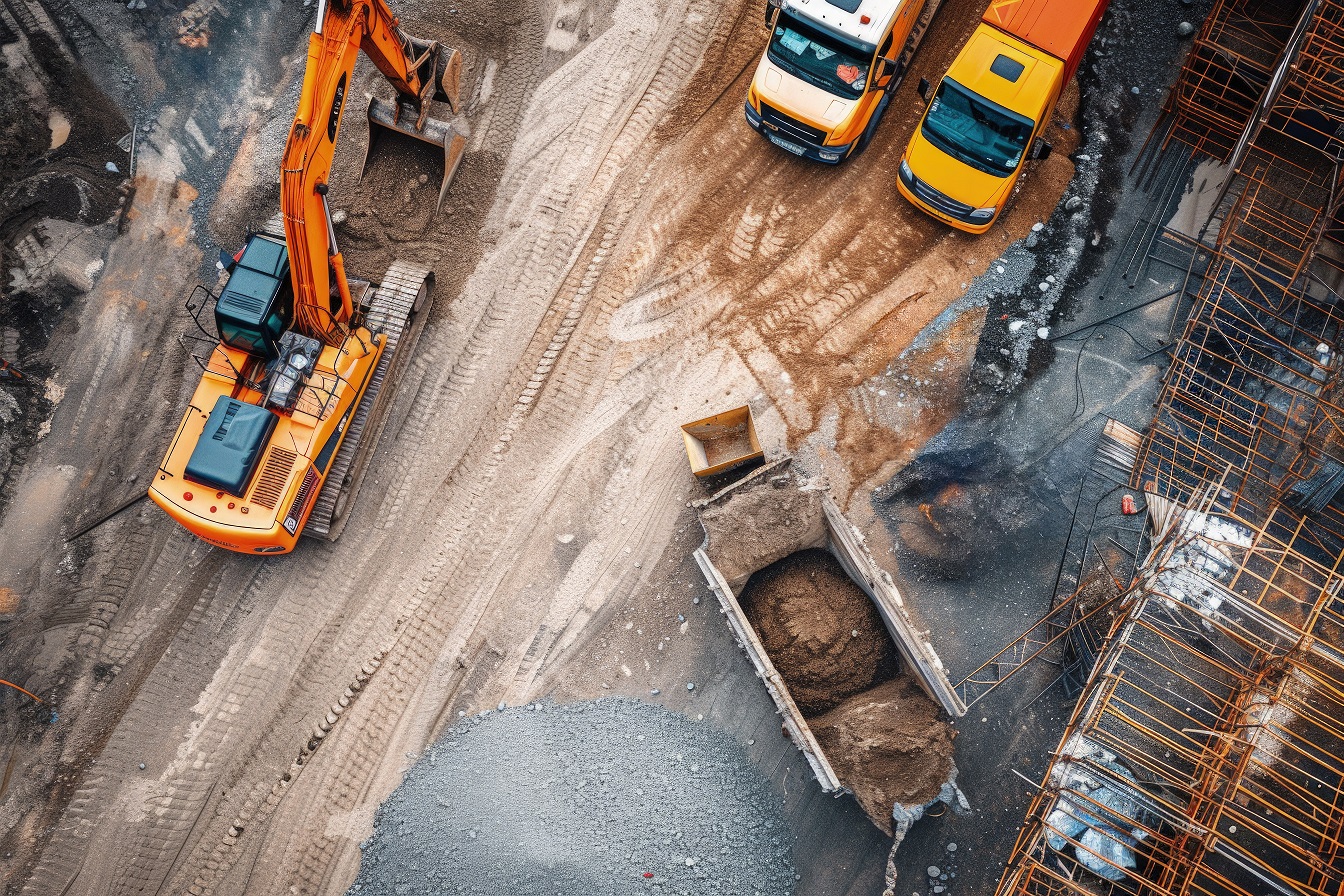
As mentioned in our previous blogpost as of January 1, 2024, the CSRD legislation has come into force, and as of July 1, 2024, the WPM, the reporting obligation for work-related commuting, will come into effect. From then on, organizations are required to report annually on the business travel and commuting of your employees. Due to this regulation, construction companies are also obligated to register the emissions of their construction logistics. Therefore, ICT Incore has expanded the Supply Chain Portal with a functionality that calculates the emission output of transported goods. Users of the Supply Chain Portal will thus spend less time registering emissions associated with construction logistics.
A look at the functionalities
First, let's take a closer look at the construction logistics module of the Supply Chain Portal. This module has various functionalities: from ordering materials to scheduling deliveries, efficiently handling reception at the construction site, and reporting delays. The Portal makes it easy! The Supply Chain Portal also serves as a control tower through which construction companies can manage their logistics operations. All stakeholders - main contractors, subcontractors, transporters, and suppliers of construction materials - communicate through this cloud application.
With an eye on the new regulations, ICT Incore, in collaboration with Topsector Logistiek and Heijmans, has developed the new functionality for emission registration in the Supply Chain Portal. This functionality provides visibility into the CO2 emissions (and later also the nitrogen emissions) of transport. Through collaboration with these parties, the emission registration functionality is a tool that meets market needs, namely gaining insight into sustainability and complying with legal obligations.
Efficient emission registration
The emission registration functionality for construction logistics uses transport data. For example, the distance traveled based on the shipping and destination locations is automatically calculated. In addition, the Portal takes into account the fuel type (electric/gasoline/diesel) and the average consumption of the vehicle. With these core values, the Portal can calculate and present the CO2 emissions per trip to all stakeholders.
While almost all CSRD-obligated companies are struggling with how to comply with their reporting obligations, construction companies using the Supply Chain Portal do not have to worry. Because emission registration takes place entirely automatically after a one-time entry of the license plate or fuel type, users do not have to perform additional administrative tasks.
Curious about how the Supply Chain Portal works in practice? You can find the case description about Heijmans here.
